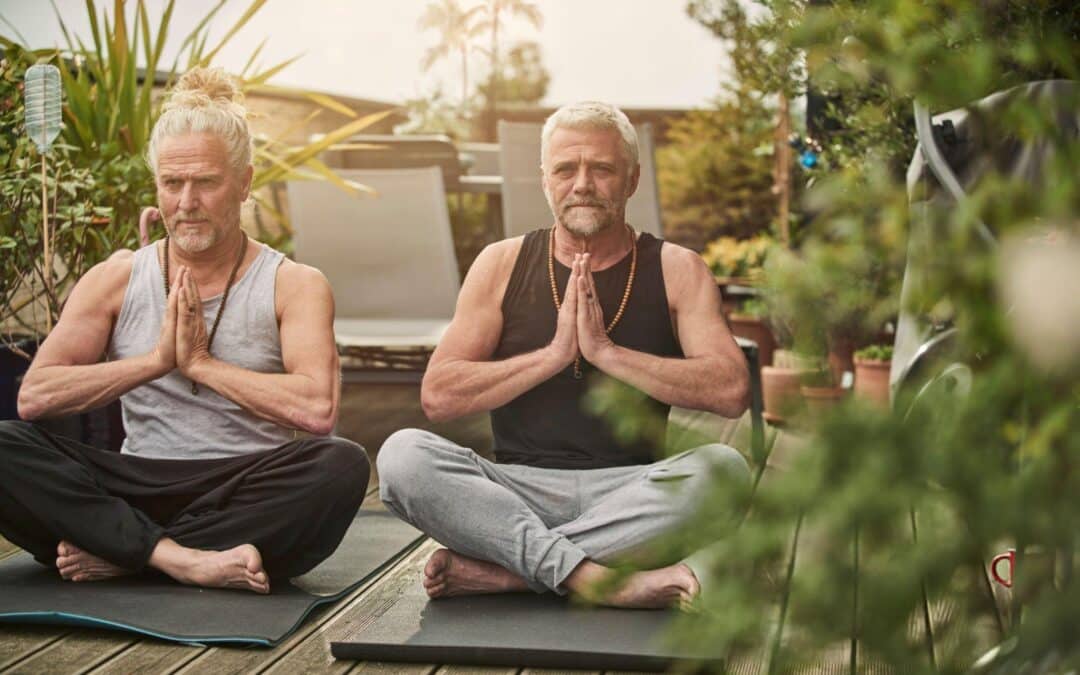Combining EMDR therapy (Eye Movement Desensitization and Reprocessing) with yoga offers an intriguing blend of mental and physical healing techniques. Both methods are powerful on their own, addressing various aspects of trauma and stress. But when used together, they create a holistic healing experience, especially for gay men who have faced unique challenges. While EMDR focuses on processing traumatic memories, yoga supports the body and mind in finding balance and peace. Together, they offer a comprehensive approach to recovery, promoting self-awareness and emotional resilience.
Living in a vibrant city like San Francisco offers diverse opportunities to explore such innovative health practices. Cities like this nurture acceptance and openness, making them ideal settings for personal healing journeys. Using EMDR therapy combined with yoga provides a supportive environment to explore inner challenges safely and with guidance. This approach can encourage individuals to move beyond trauma’s hold, rediscovering strength and calmness within themselves. As we delve into the specifics of each practice, we’ll see how interweaving these approaches can transform healing journeys.
Understanding EMDR Therapy
EMDR therapy might sound complex, but at its core, it’s about helping the brain heal from trauma. Sometimes when people experience something traumatic, the brain gets stuck, replaying the events in ways that cause distress even long after the incident has happened. Think of EMDR as a method to help “unstick” those memories.
Here’s how EMDR works:
– Reprocessing: It involves thinking of memory and using specific eye movements or taps to help the brain process it differently.
– Focus: Although the method centers on visual cues, the goal is to shift perspective and change the emotional reactions tied to the memory.
The benefits of EMDR are notable, particularly for mental health:
– Reducing Anxiety: It helps decrease anxiety surrounding traumatic memories.
– Improving Sleep: Some individuals find that processing these memories leads to better sleep patterns.
– Promoting Calmness: Over time, memories that once triggered intense feelings are observed with more tranquility.
EMDR offers a structured, supportive environment that respects individual pacing. If someone experienced an event that left a lasting mark, this therapy addresses it gently. While EMDR might seem a bit different from traditional talk therapies, many find it provides relief when other methods have fallen short. It’s a remarkable tool that fits neatly alongside more physical practices like yoga, which we’ll explore next.
The Basics of Yoga for Trauma Recovery
Yoga offers a nurturing pathway to recovery, providing both physical and mental support. When aligned with trauma recovery, yoga isn’t just about striking a pose or maintaining flexibility. It’s a journey into cultivating inner peace and resilience. With its comprehensive approach, yoga attends to emotional scars in a compassionate manner.
Key elements that make yoga effective in trauma recovery include:
– Breathwork: Focusing on breath helps ground the mind and reduce anxiety. This mindful breathing encourages relaxation and restores a sense of calm.
– Mindfulness: Practicing yoga encourages being present. This awareness helps individuals observe their thoughts and feelings without judgment, building emotional strength.
– Poses That Heal: While every pose can be helpful, some are particularly soothing for trauma. Child’s Pose and Legs Up the Wall are simple yet powerful in fostering relaxation and emotional release.
Embracing the world of yoga might seem daunting at first, but it’s about personal exploration and finding peace in one’s practice. Yoga gently allows individuals to explore movement and stillness, encouraging connection with oneself. Alongside EMDR, it becomes even more potent, transforming how trauma is perceived and handled.
Integrating EMDR Therapy with Yoga
Combining EMDR therapy with yoga can unlock new dimensions of healing. While each practice offers its own benefits, their strengths are magnified together, providing a two-pronged approach to holistic health. Here’s how one can start this integration:
1. Balance Your Mind and Body: Begin with a calming yoga routine to center the body. Breathing exercises can help prepare the mind for EMDR sessions, ensuring a peaceful start.
2. Initiate EMDR: During EMDR sessions, keep elements of yoga in mind. Visualize calming poses and steady breathing to support the process of reprocessing memories.
3. Conclude with Yoga: Ending with gentle poses and meditation grounds the emotions stirred up in EMDR. This closure supports emotional balance and mental clarity.
Potential challenges might arise, such as emotional discomfort or resistance to change. Address these by:
– Being patient with yourself and allowing emotions to surface naturally.
– Seeking guidance from practitioners familiar with both EMDR and yoga.
– Finding comfort in knowing that every step, even the difficult ones, contributes to healing.
Personal Testimonies and Real-Life Applications
San Francisco, with its diverse and inclusive backdrop, offers numerous success stories where individuals have found healing through these combined methods. Many have discovered how integrating these practices into daily life fosters personal growth and emotional liberation.
For those interested in starting:
– Explore local classes offering a combination of EMDR and yoga.
– Reach out to communities and groups focused on these practices for support.
– Begin with small steps, incorporating elements of each practice into daily routine, building a foundation for long-term healing.
Remember, healing has its pace, and every experience shapes the path forward. Combining EMDR and yoga is more than a treatment; it’s a journey to rediscovering one’s strength and peace in a supportive environment.
Ready to explore the healing potential of yoga with EMDR for gay men’s trauma recovery? Danni Pomplun offers personalized approaches designed to support your path to greater mental and physical wellness. Start today and find the balance you need in a welcoming community.

